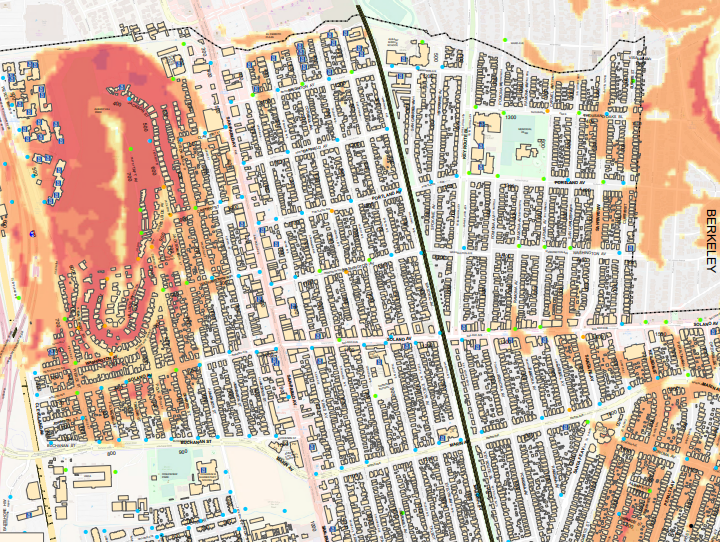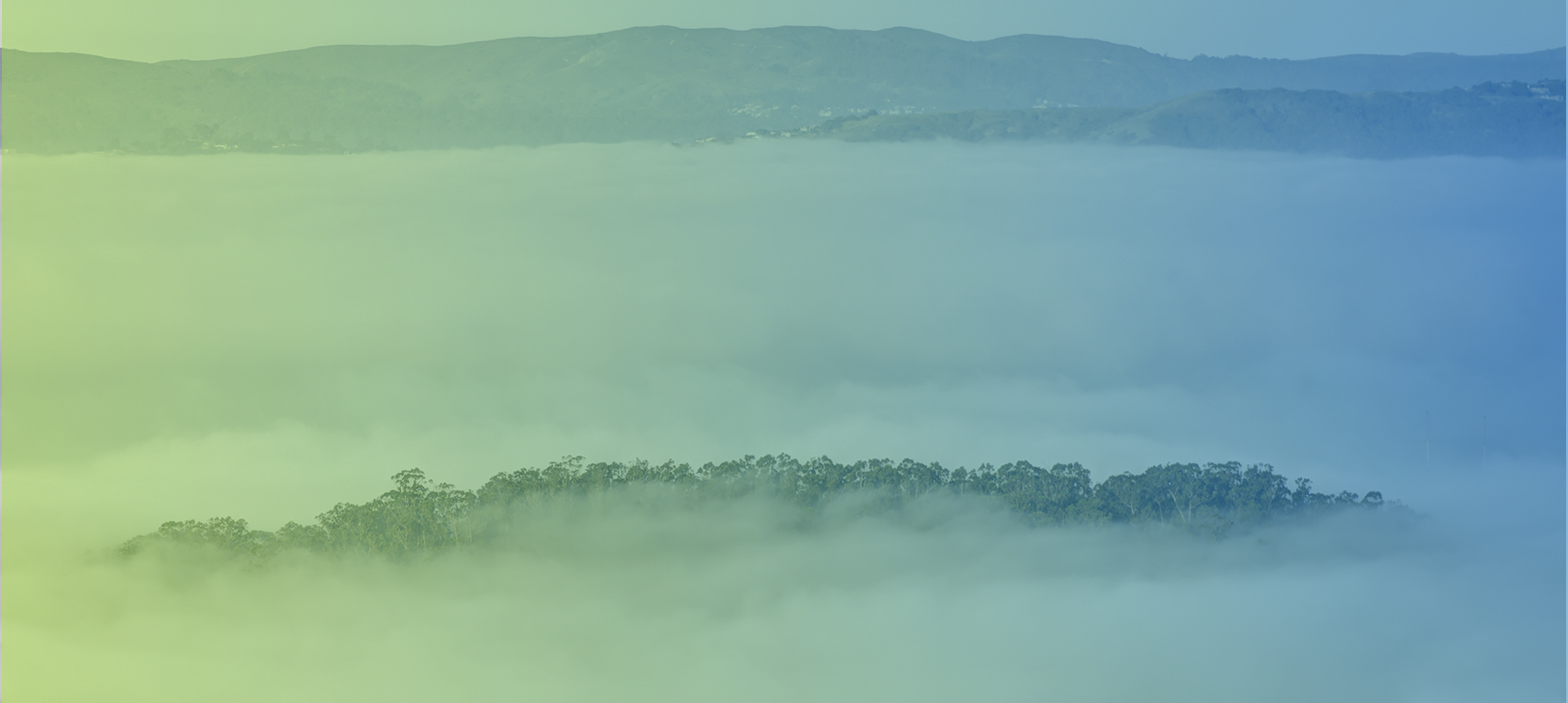
Earthquakes
An earthquake is a sudden, rapid shaking of the ground caused by the shifting of rocks deep underneath the earth’s surface. Earthquakes can cause fires, tsunamis, landslides or avalanches.
In 2007, earthquake scientists led by the USGS, CGS, and SCEC estimated that there is a 63% probability of a magnitude 6.7 or greater earthquake in the Bay Area in the next 30 years. Although the hazard is spread throughout the Bay Area, some faults are more likely to rupture than others. The two faults in the San Francisco Bay Area most likely to have a damaging earthquake are the Hayward-Rodgers Creek fault system (31%) and the San Andreas Fault (21%). The East Bay has a higher earthquake hazard than the San Francisco peninsula due to the Hayward-Rogers Creek Fault and the higher number of faults that traverse the East Bay.
The best time to prepare for an earthquake is before it happens.
Get Prepared
Practice Drop, Cover, and Hold On
Wherever you are, drop down to your hands and knees and hold onto something sturdy.
Cover your head and neck with your arms. If a sturdy table or desk is nearby, crawl underneath it for shelter. If no shelter is nearby, crawl next to an interior wall (away from windows). Crawl only if you can reach better cover without going through an area with more debris. Stay on your knees or bent over to protect vital organs.
If you are under a table or desk, hold on with one hand and be ready to move with it if it moves. If seated and unable to drop to the floor, bend forward, cover your head with your arms and hold on to your neck with both hands.
Make an Emergency Plan
Create an emergency plan that has an out-of-state contact. Plan where to meet if you get separated from your household, family, or friends.
Make a supply kit that includes enough food and water for several days, a flashlight, a fire extinguisher and a whistle.
Protect Your Home
Secure heavy items in your home like bookcases, refrigerators, water heaters, televisions and objects that hang on walls. Store heavy and breakable objects on low shelves.
Consider making improvements to your building to fix structural issues that could cause your building to collapse during an earthquake, as well as obtaining an earthquake insurance policy.
Protect Yourself During an Earthquake
If you are in a car, pull over and stop. Set your parking brake.
If you are in bed, turn face down and cover your head and neck with a pillow.
If you are outdoors, stay outdoors away from buildings.
If you are inside, stay, do not run outside, and avoid doorways. Drop, cover, and hold.
Have a Cane?
Have a Wheelchair?
Have a Walker?
Stay Safe
With an increased risk of an earthquake occurring in the Bay Area, it’s important to know what to do.
Expect aftershocks to follow the main shock of an earthquake. Be ready to Drop, Cover, and Hold On if you feel an aftershock.
If you are in a damaged building, go outside and quickly move away from the building. Do not enter damaged buildings.
If you are trapped, send a text or bang on a pipe or wall. Cover your mouth with your shirt for protection and instead of shouting, use a whistle.
If you are in an area that may experience tsunamis, go inland or to higher ground immediately after the shaking stops. Avoid contact with floodwaters as they can contain chemicals, sewage, and debris.
Check yourself to see if you are hurt and help others if you have training. If you are experiencing a medical emergency, call 9-1-1.
After the Earthquake
Once you are safe, pay attention to local news reports for emergency information and instructions via battery-operated radio, TV, social media or from cell phone text alerts. Use text messages to communicate, which may be more reliable than phone calls.
Be careful when cleaning up. Wear protective clothing, including a long-sleeved shirt, long pants, work gloves and sturdy thick-soled shoes. Do not try to remove heavy debris by yourself. Wear a mask and maintain a physical distance of at least six feet while working with someone else. Use an appropriate mask if cleaning mold or other debris. People with asthma and other lung conditions and/or immune suppression should not enter buildings with indoor water leaks or mold growth that can be seen or smelled. Children should not take part in disaster cleanup work.
Know Your Earthquake Hazards
-

Liquefaction in Albany
Liquefaction occurs when loose, water-saturated sediments lose strength and fail during strong ground shaking. Understand where you are in relation to liquefaction hazard zones in Albany.
-

Landslides in Albany
Earthquakes often trigger landslides, causing significant and even catastrophic damage to houses. If your house is in the path of a landslide, it is at risk for damage from landslide debris and sliding downhill itself.

Sign Up for Emergency Alerts
Get alerted about emergencies and other important community information.






